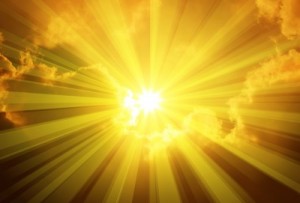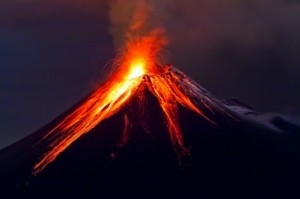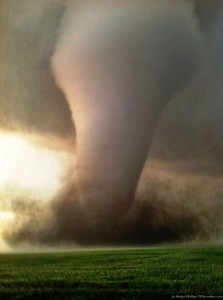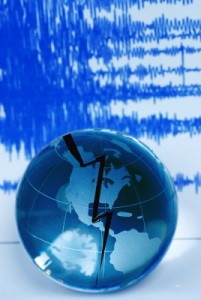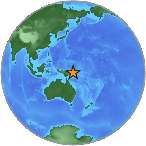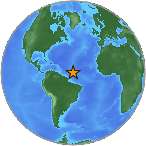With all the buzz about climate change these days, one very important cause of climate change has been over-looked.
That’s precession.
The Earth wobbles like a toy top, and in this video, I show how this wobbling causes changes in the climate, worldwide.
When the axis shifts its position toward the Sun, well, everything on the planet changes.
This is one of many educational videos based on my new book, Move Onto The Highest Mountains. I am creating this video series to remind people that the Earth, itself, is the cause of the most poignant climate changes that we are witnessing today.
Messing In Our Nest
There is no doubt that humanity is polluting the Earth to unsustainable levels, but the solutions are merely bandages; they are not addressing the true problems. (This will be a topic for another video.)
While politicians fight over carbon taxes and outlawing people having a winter fire in their fireplaces as a cause for global warming, little recognition is given to the fact that the Earth is changing right before our eyes.
We are not prepared for natural planetary shifts.
We need to be.
Our lawmakers are NOT well informed.
Watch and learn how the Earth is altering our global climate, and believe me, it will never be the same.
